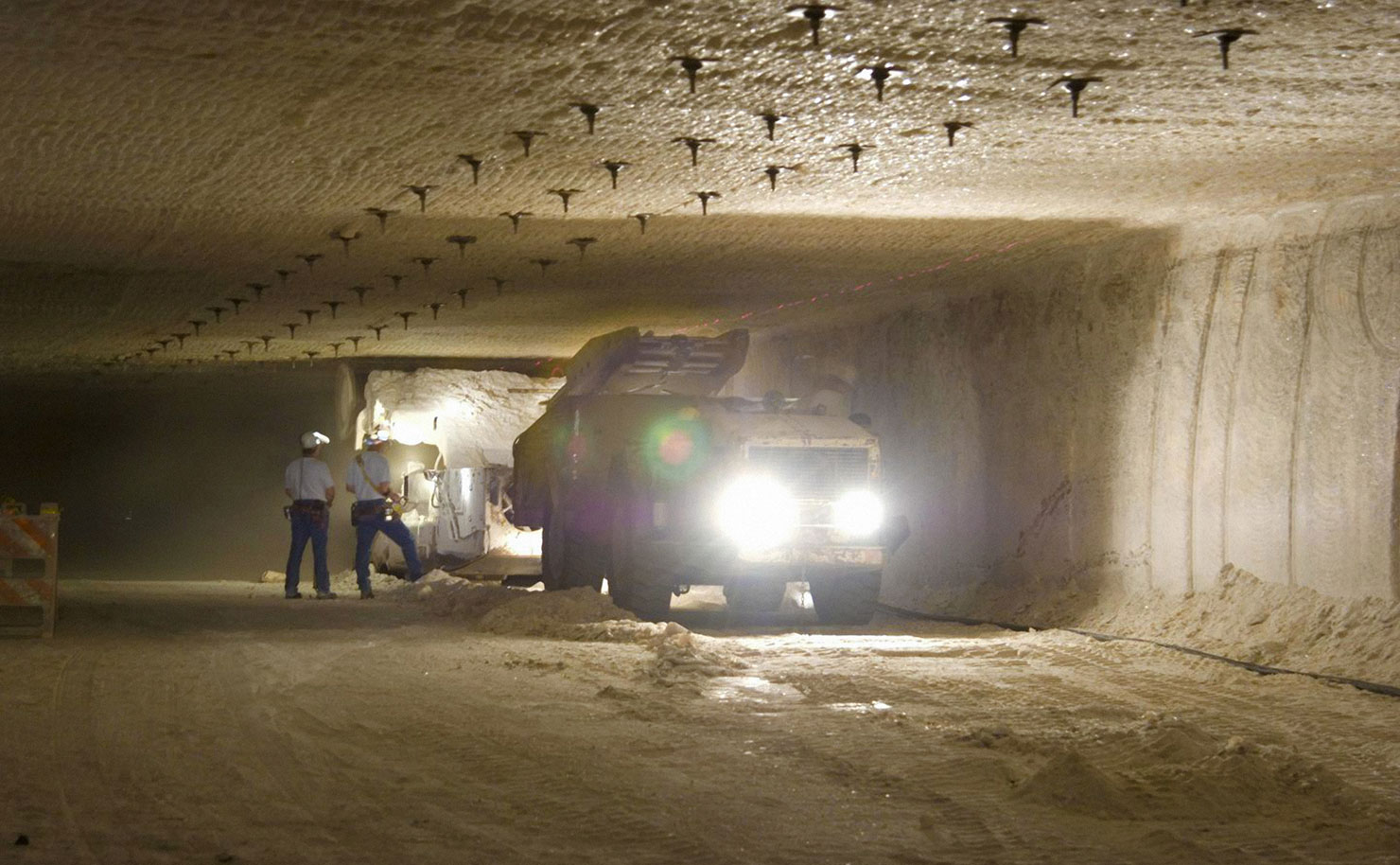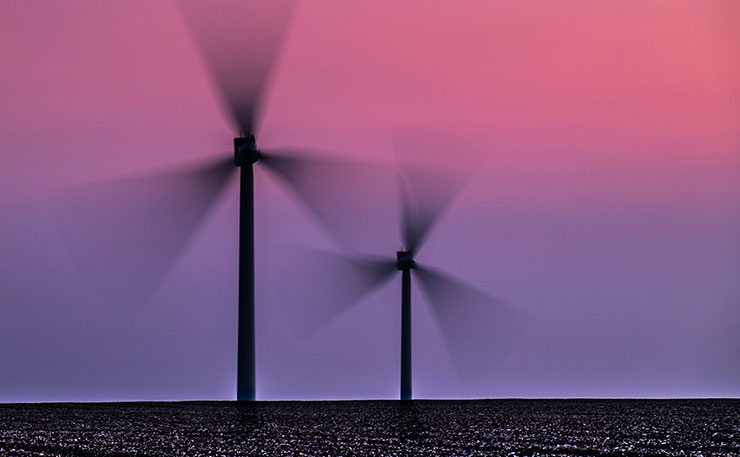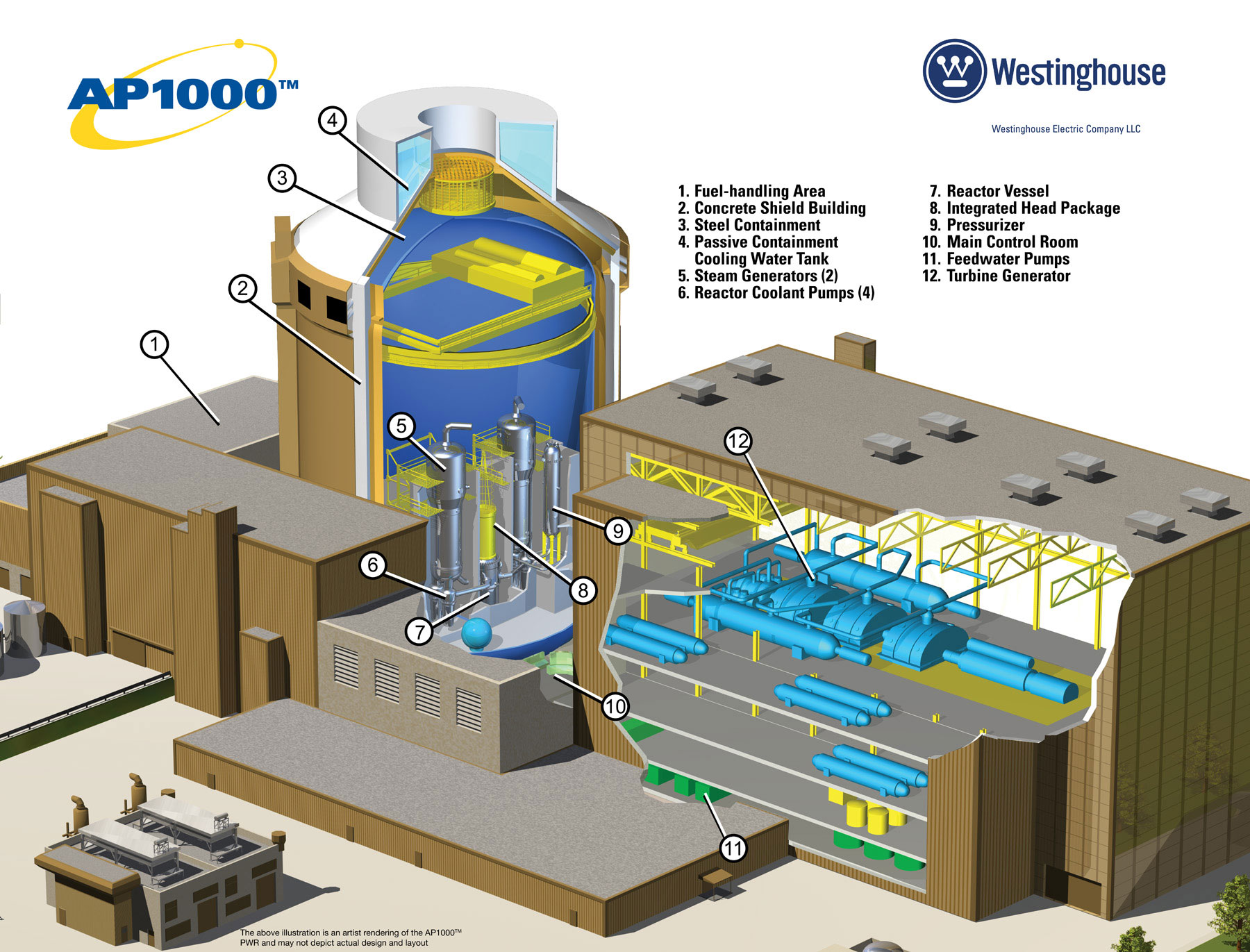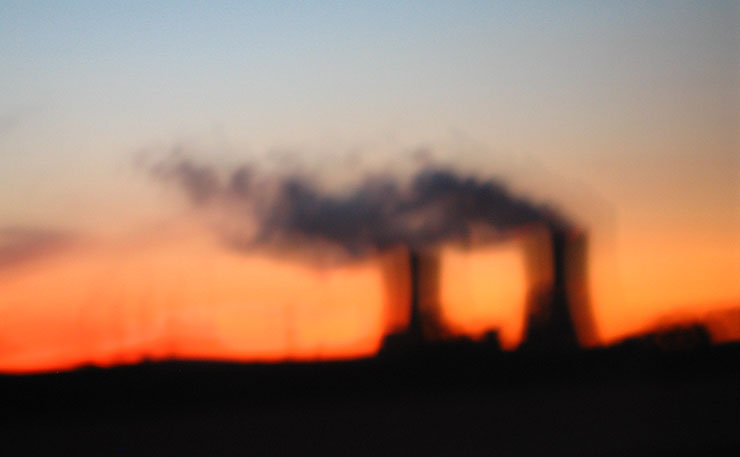In our ongoing nuclear energy debate, Rob Parker, president of the Australian Nuclear Association responds to an article on November 29 by John Quiggin.
The public is desperate for our elected leaders to assert visionary plans and show clear direction. So along comes Premier Jay Weatherill of South Australia, a state at risk of becoming a real “rust belt” and, shock horror, he does his job.
Weatherill looks around for the edge that his state may have to provide jobs and economic security, and commissions Kevin Scarce to look into opportunities in the nuclear fuel cycle.
Out of that study came a promising area, namely the storage of spent nuclear fuel which could provide ongoing wealth to the tune of $257 billion to the state over 120 years, as well as up to 6,000 jobs.
Neither Kevin Scarce, nor Jay Weatherill, nor the many motivated and clever public servants who have assisted the process will obtain any accolades, because the success of this venture will be measured over many decades. The commentariat on the other hand, who, by the paucity of their argument have not read the reports in detail, have set about the Commission’s findings like sharks on a feeding frenzy.
The business of storing used nuclear fuel has huge potential. This was outlined in the Jacob’s-MCM report to the South Australian Nuclear Fuel Cycle Royal Commission. This report was a preliminary scoping study and highlighted avenues for further investigation.

In essence, the concept looked at a waste repository in South Australia contracting to take used nuclear fuel from existing and new nuclear power plants. By 2090, the amount of used nuclear fuel being held internationally is estimated to be a million tonnes, of which the study used a base case model of taking 138,000 tonnes. When the used fuel arrives at a port, money would change hands and for several decades the used fuel would remain in radiation and impact proof containers at an above ground storage facility.
It’s assumed the fuel would arrive progressively over 80 years, and after surface storage for a few decades would be placed below ground over 90 years. During the first 30 years or so, the used fuel would be imported more quickly. This means that, because the money has been received decades before the completion of the underground storage, the project is very cash flow positive. Further, unlike nearly any other infrastructure project, most of the facility can be sized to meet the actual needs of the market as it develops.
Jacobs modelled the impact of these potential changes both in terms of halving demand or an increase of 50 per cent in demand. The report also looked at a range of prices received for the used fuel and over runs in construction cost. In essence, the concept is robust under the modelled scenarios of cost overrun and reduced market, provided the fuel goes into interim storage well before it is placed underground.
In terms of proceeding with the facility, it was always the Government’s intention to engage with the public to obtain a social licence. It would also be wise to firm up the likely markets as soon as possible. Negotiation with client nations is required, legislative pathways explored and a project delivery mechanism needs to be framed.
The option for client nations to become partners needs to be explored and business and financing models established. At a number of gateways through this process the project may hit hurdles, and so the SA Government would be acutely aware of the need to protect public money through these initial phases.
Three massive benefits need to be held in clear view. Firstly, the Premier is setting a vision for South Australia to escape the bind of a declining manufacturing base and utilise the state’s natural advantages.
Secondly, the State can create a wealth fund for the benefit of all South Australians, including Aboriginal people, for many decades.
Thirdly, this facility will enable small nations such as Taiwan, the UAE or South Korea – who don’t have the ability to create such a used fuel repository – to more confidently expand their nuclear power generation industries, attract lower financing rates and more effectively generate clean low carbon energy to address global warming.
The slow rate of serious reductions in greenhouse gas emissions using renewables is worrying to all who are deeply concerned about global warming. For example, despite Germany’s engineering excellence, its emissions continue to rise as do its exports of coal-fired electricity, which underpins German industrial productivity. Germany increases its coal powered electricity generation in response to its closing down of clean, safe, low carbon nuclear power stations.
Major problems are occurring with wind uptake in China where, last year, 15 per cent of wind generation was rejected from supplying the grid due to low interconnector capacity.

Too many wind farms have been constructed in response to tax incentives, but the infrastructure to distribute this power is lacking and in some provinces, the rejection rate is as high as 47 per cent.
There is also a significant lack of peaking gas turbines to balance out the intermittency of wind. Coal power plants are therefore required to run very inefficiently by burning more coal to produce less power to enable “load shaving” – perversely, more wind equals more coal.
Where clean nuclear power is generated in parts of China adjacent to wind farms, the wind rejection issue is increasing. In 2014, 10 per cent of the wind power in Liaoning province was rejected when the new Hongyanhe nuclear power station commenced operation.
Quiggin claimed that China has scaled back on nuclear. Did he provide any evidence? None, other than that they are building wind and solar rapidly. It’s easy to add wind and solar when they are still a small fraction of a large system. So, while China attempts to determine the future course of wind generation because of its increasing rejection rate, in 2015 nuclear energy was the fastest-growing electricity source, with 29 per cent growth.
Mainland China currently has 35 nuclear power reactors in operation, 20 under construction, and more about to start. Additional reactors are planned, including some of the world’s most advanced, to give a doubling of nuclear capacity to at least 58 GWe by 2020, and triple that by 2030.
By around 2040, pressurised water reactors are expected to level off at 200 GWe and fast reactors progressively increase from 2020 to at least 200 GWe by 2050, and 1400 GWe by 2100. By this time, nuclear energy will be the primary source of not only low carbon, but all energy within China.
The fast spectrum reactors in China could just provide South Australia with an alternative to permanently burying the used nuclear fuel it has imported.
Internationally the Westinghouse AP1000 reactor has set a very high bar in terms of preventing meltdowns, and this is having a great influence on the industry. Many in the emerging International fleet of pressurised water reactors will be either Westinghouse AP1000’s, Chinese developed derivatives or competing designs from Russia, Korea or EDF in France.

What is clear is that the centre of reactor construction and development is moving to Asia and competition on price and multi-nation sourcing is growing, with fuel for Russian-sourced reactors being made in South Carolina or reactor vessels for US plants being forged in Korea.
By 2018 we will see the commissioning of China’s new High Temperature Gas cooled Reactor, the HGTR. With their high outlet temperatures these units are suited to replacing the coal boilers in some existing coal plants, increasing the efficiency of new plants and making the generation of cheap clean hydrogen possible. They usher in the age of near zero emissions steel manufacture and, through the fossil free production of di-methyl ether, can help the world escape the trap of polluting batteries in electric vehicles.
The Chinese are shaming the rest of the world with their commitment to a clean energy future. They aren’t just making token efforts, but doing the deep thinking and solid planning.
Nuclear power technology is an incredibly rich source of ideas and speculation into our energy futures. What is clear however is the main game – global warming – must be addressed with all urgency, and we have the nuclear technology currently available to get on with the job. The French showed us the way over 40 years ago. They built an energy generation system equal to Australia’s current capacity over a 22 year period, and we can repeat that today.
High energy density means that nuclear power reactors provide the most sustainable use of non-renewable resources on the planet. They are essential to addressing global warming and the small population of South Australia can underpin this global effort with the used fuel repository.
Donate To New Matilda
New Matilda is a small, independent media outlet. We survive through reader contributions, and never losing a lawsuit. If you got something from this article, giving something back helps us to continue speaking truth to power. Every little bit counts.





